WASHINGTON — Saturday was supposed to see the University of Virginia’s football team face off against Louisville — but then the coronavirus got in the way. Nine players on Louisville’s team had already been sickened. Then several more fell ill, with seven going into quarantine. The game was postponed.
In central Massachusetts, 150 cases of the coronavirus have been linked to the Crossroads Community Church in Fitchburg. “Videos and photos posted to Crossroads’ public Facebook page in weeks prior didn’t seem to show anyone social distancing or wearing masks,” one news report said.
Counties across Northern California moved to implement new restrictions, with officials warning of “widespread” transmission “across the state.”
And in Amarillo, Texas, a kindergartner reportedly died of COVID-19, the disease caused by the coronavirus. In Missouri, the disease claimed the life of an election poll worker.
The coronavirus pandemic that has killed more than a quarter million Americans did not take a break for last weekend’s Halloween holiday, nor for the presidential election that followed, nor for the subsequent days of political turmoil that continued into this weekend.
Salt Lake County Health Department public health nurses look on during coronavirus testing outside the department in Utah on Nov. 3. (Rick Bowmer/AP)
Nor has the frustratingly resilient pathogen shown much sympathy for Americans’ growing weariness, their desire to see schools and businesses to reopen, for unremitting talk of “social distancing” and “learning pods” to be relegated to a distant memory.
If anything, the virus appears to be strengthening, killing more than 1,000 Americans every day this week while recording more than 100,000 daily infections. More than 50,000 people across the nation are hospitalized. The share of coronavirus diagnostic tests coming back positive has risen to 8.2 percent this week; last week’s share of positive tests was a markedly lower 7.2 percent.
“The numbers are pretty scary,” says Dr. Peter Hotez, dean of the National School of Tropical Medicine at Baylor, taking stock of the national situation. As he was speaking to Yahoo News on Thursday, the nation was on its way to a record 133,000 new cases for that day. Hospitalizations have been rapidly climbing too, leading to concerns that we may once more see what we saw during the spring and early summer: crowded intensive care units, overwhelmed hospitals, deaths that could have been prevented.
Story continues
“It’s a slaughter,” Hotez said. “We’re going to have to take steps.”
But some officials within the Trump administration acknowledge that there is little appetite among the public for the kinds of lockdowns that took place throughout last spring. Parts of Europe recently reinstituted lockdowns, though this time around the measures were met with some public resistance.
In some quarters, a sense of resignation prevails. The sentiment was best encapsulated by Mark Meadows, the White House chief of staff, who in late October made a stunning admission to Jake Tapper of CNN: “We’re not going to control the pandemic,” the former North Carolina congressman said. “We are going to control the fact that we get vaccines, therapeutics and other mitigations.”
An aerial view of vehicles queuing at a drive-through COVID-19 testing site at the Alliant Energy Center complex, as the coronavirus disease outbreak continues in Madison, Wis., on Nov. 5. (Bing Guan/Reuters)
Meanwhile, the federal response is in disarray, with President Trump consumed with spreading misinformation about an election he lost. In the run-up to that contest, he conducted a relentless series of campaign rallies that a Stanford study projected may have led to as many as 30,000 new infections and 700 additional deaths.
Trump himself caught the virus and was hospitalized last month. On Friday, news broke that Meadows had contracted the coronavirus, one of several White House or campaign aides to have met the not-especially-surprising fate, given long-standing resistance in Trump’s inner circle to taking proper measures.
The nation is caught in a “perfect storm,” says Dr. Uché Blackstock, founder of Advancing Health Equity, a medical not-for-profit organization, and medical contributor to Yahoo News. “People are getting really tired of wearing masks, not seeing loved ones,” Blackstock says. Many have resorted to smaller gatherings that have more potential to spread the virus than people may realize.
And all this is happening as temperatures drop with the approach of winter. Viruses tend to spread more rapidly in colder weather. People returning indoors, after months of trying to live outdoors as much as possible, will only facilitate that spread. “The timing couldn’t be worse,” Blackstock says. “And we aren’t even really in the thick of it yet.” That will likely come in January and February, the depths of winter.
“We definitely will see numbers creep up,” she warns.
White House chief of staff Mark Meadows greets supporters of President Trump during a campaign rally in Reading, Pa., on Oct. 31. (Carlos Barria/Reuters)
Without quite saying so, the White House has adopted the herd immunity approach favored by Dr. Scott Atlas, the Stanford neuroradiologist who became Trump’s coronavirus whisperer in late summer, after a series of appearances on Fox News. That strategy posits that absent a vaccine or effective therapeutics, it is best to let the virus burn through the population, while keeping the most vulnerable people safe.
The less-vulnerable would become infected but, in doing so, acquire antibodies that, when present in sufficiently high numbers in the general population, would stop the spread of the virus. This is the model that has been tried in Sweden, whose approach has been touted by political conservatives and some medical professionals in the United States.
Criticism of Atlas and his approach has been withering from the medical community. “He has no expertise in any of this stuff,” Dr. Ashish Jha, the dean of Brown’s school of public health, told NPR in September. Blackstock, for her part, estimates that a hands-off approach would lead to several million additional — and needless — deaths from COVID-19 across the United States.
Trump insisted in the closing days of the election campaign that the public would barely hear about the deadly virus after Election Day on Nov. 3. “ALL THE FAKE NEWS MEDIA WANTS TO TALK ABOUT IS COVID, COVID, COVID. ON NOVEMBER 4th, YOU WON’T BE HEARING SO MUCH ABOUT IT ANYMORE. WE ARE ROUNDING THE TURN!!!” he complained on Twitter.
Neither Trump nor Vice President Mike Pence, who heads the White House coronavirus task force, has held a briefing on the pandemic in many weeks.
The White House disputes the notion that the pandemic is no longer a priority. A staffer on the White House coronavirus task force told Yahoo News that the Centers for Disease Control and Prevention, the Department of Health and Human Services, and Dr. Deborah Birx, a member of the White House task force, “are still engaging with the states to understand developments in their areas and work through potential mitigation strategies.”
Birx also recently authored a memorandum in which she argued that the nation was “entering the most concerning and most deadly phase of this pandemic.” And she disputed the notion proffered by Atlas, that lockdowns were the only means available to public health officials. “This is not about lockdowns — it hasn’t been about lockdowns since March or April,” Birx wrote. “It’s about an aggressive balanced approach that is not being implemented.”
The Birx memo appears to have been ignored.
White House coronavirus adviser Dr. Scott Atlas speaks during a TV interview with OAN on Oct. 12. (Oliver Contreras/Washington Post via Getty Images)
Blackstock says that public health officials must resort to a clear, centralized approach, instead of letting each state make pandemic-related decisions as if it were a country of its own. She says that a “harm-reduction approach,” popularized during the fight against HIV/AIDS — in which Birx has been a leader for three decades — could work against the coronavirus. But that would require clear messaging on masks, as well as a greater availability of rapid coronavirus tests.
It hardly helps that Trump and his supporters have maligned experts within his own administration. Trump said at a political rally ahead of the election that he may soon fire Dr. Anthony Fauci, who has consistently been the most trusted member of his coronavirus task force. Steve Bannon, the former White House chief political strategist, said last week on his radio show that Fauci should be beheaded.
In a statement forwarded by a press staffer, CDC Director Robert Redfield said that the nation has entered “a critical phase of the pandemic. That’s why it’s so important that all of us remain diligent in our efforts to defeat the virus —and to protect ourselves, our families and our communities.
“Stopping this pandemic is going to take all our tools: handwashing, masks, social distancing and, hopefully quite soon, vaccines. Taken together, these tools offer the best chance of getting our communities, schools and health systems back to normal sooner.”
President-elect Biden could implement a national mask mandate and take other steps to clarity and standardize the nation’s response. But there is little he can do to hasten the development of a vaccine. Nor can he keep people from attending house parties or crowding into bars.
Hotez says that therapeutics are coming, as is a vaccine. For now, however, the nation will have to steel itself with patience. “We just have to get through this winter,” he says.
_____
Read more from Yahoo News:


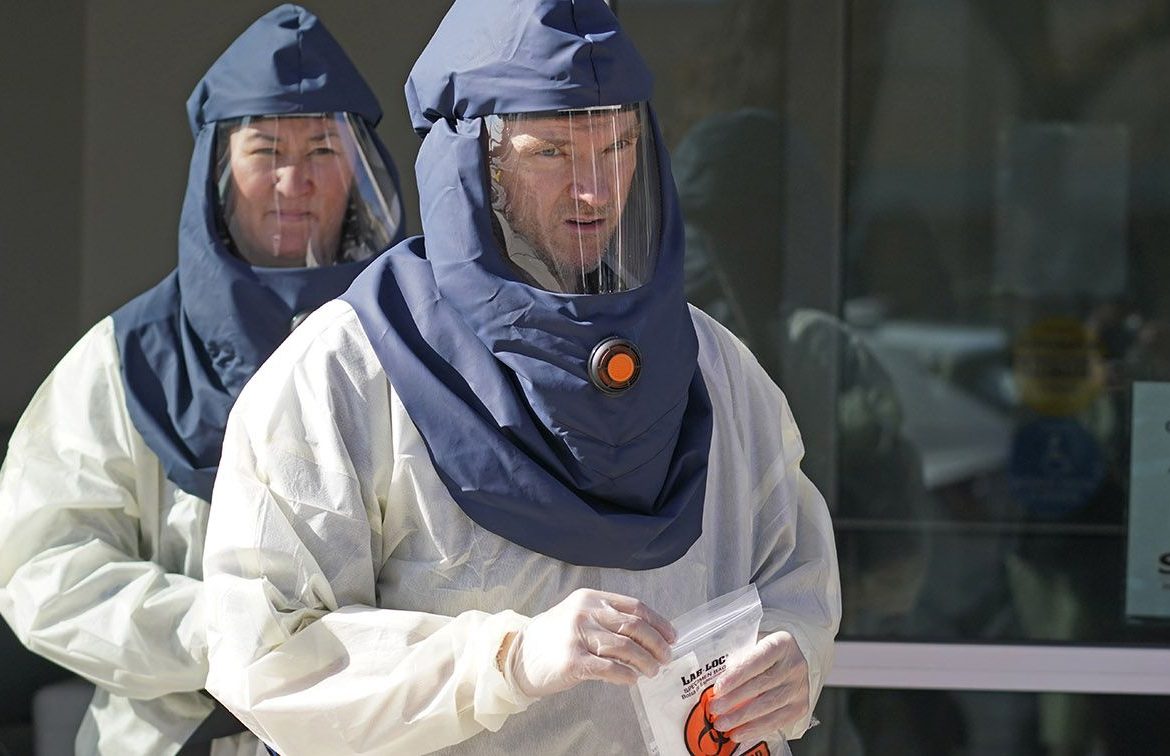
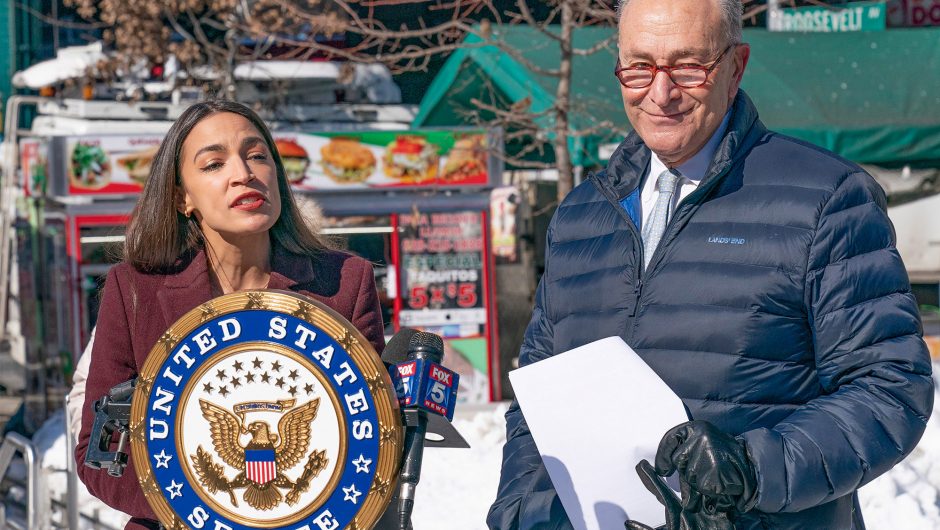
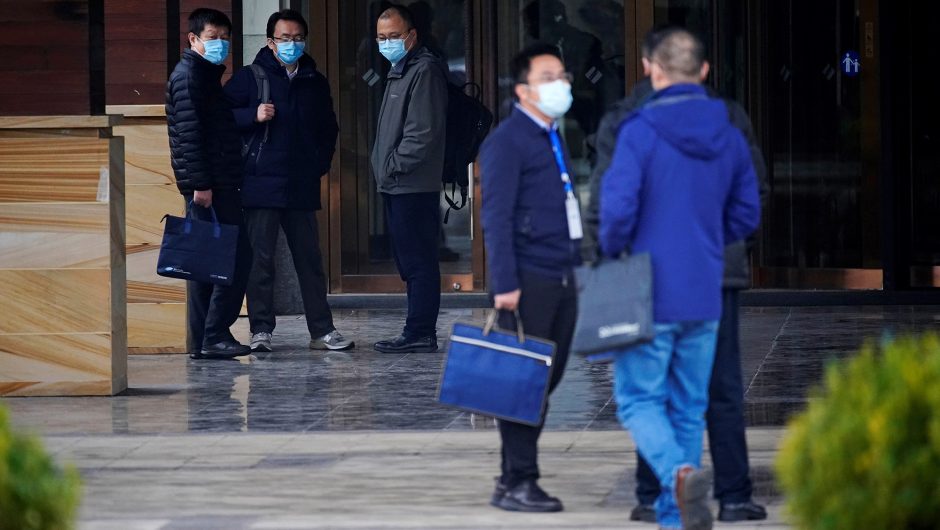
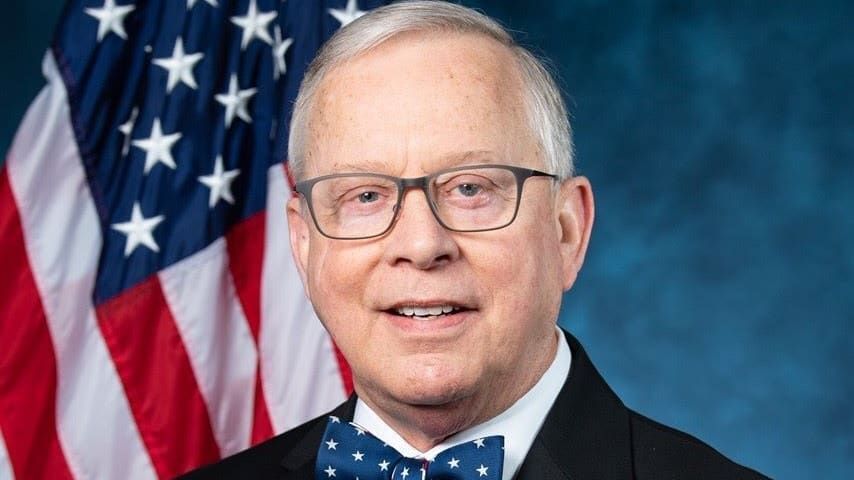
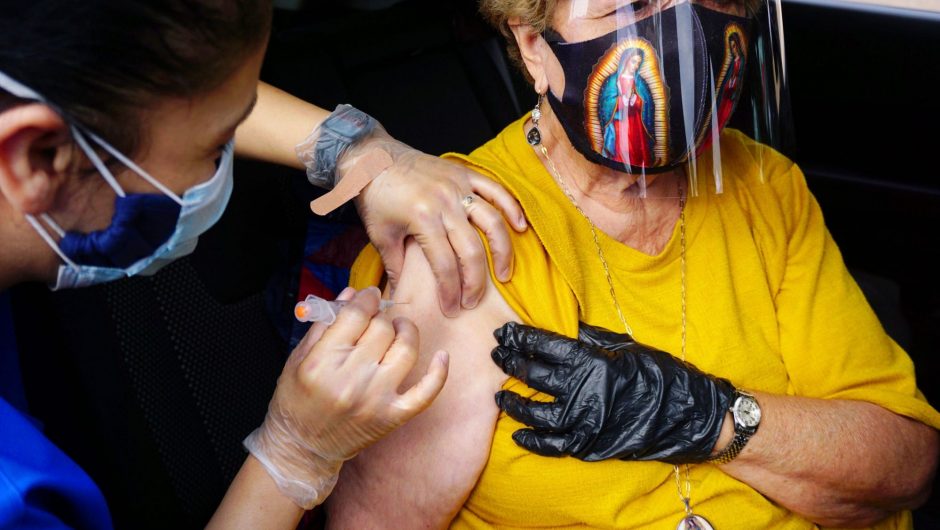
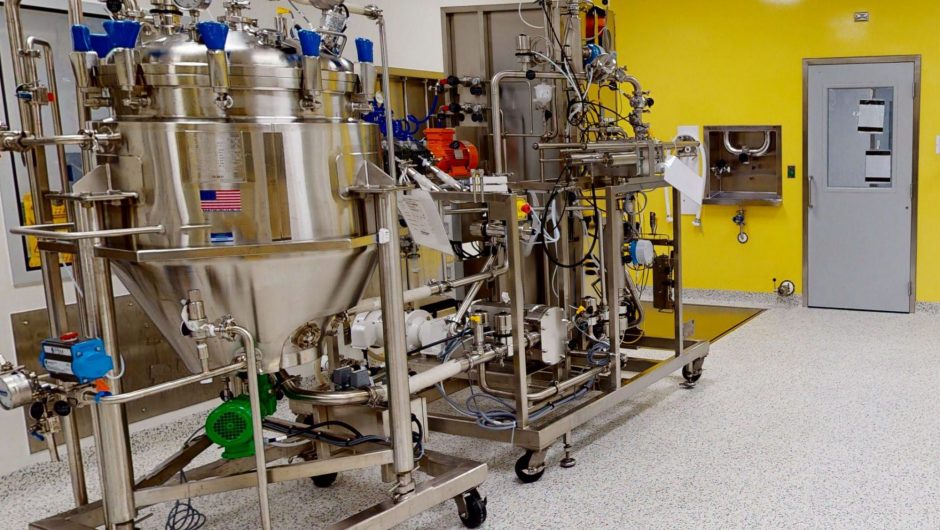
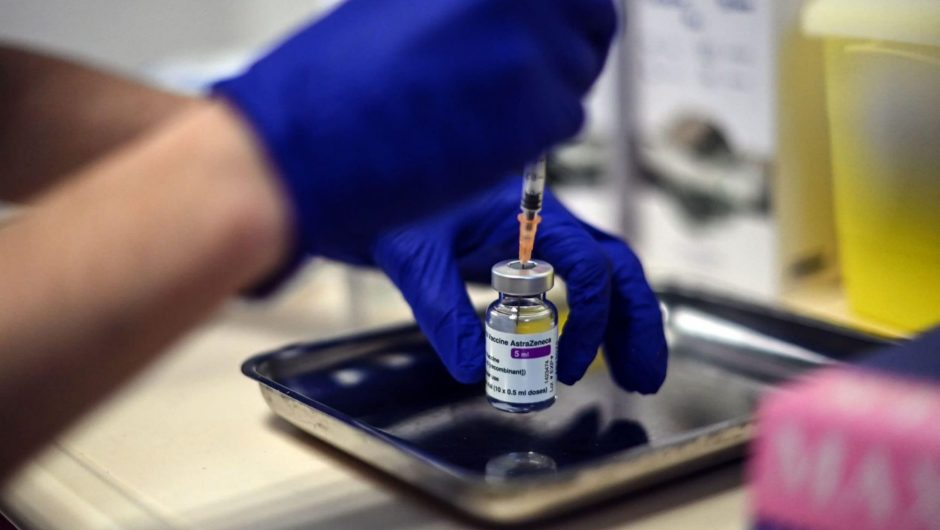
Your comment is awaiting moderation.
I appreciate you sharing this article. Much thanks again. Fantastic. Almeta Ellsworth Minerva